On Nov. 9-10, 1938, in Germany and Austria, there was organized terrorism by Nazis against Jews, marking an escalation in the violence. Hundreds of synagogues were destroyed, 7,500 Jewish-owned businesses, homes, and schools were plundered; 91 Jews were murdered; and 30,000 Jewish men were arrested and sent to concentration camps. It was called Pogromnacht.
As in the photo below in Baden-Baden, too many in the towns — and the world — looked on.
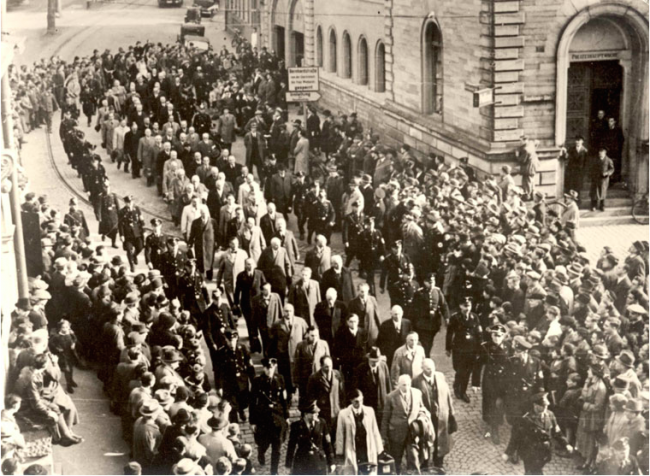
Jewish prisoners marched through the streets of Baden-Baden. Source: Yad Vashem Photo Archives
Here is a description from the United States Holocaust Museum:
Over the next 48 hours, violent mobs, spurred by antisemitic exhortations from Nazi officials, destroyed hundreds of synagogues, burning or desecrating Jewish religious artifacts along the way. Acting on orders from Gestapo headquarters, police officers and firefighters did nothing to prevent the destruction.
Nazi officials immediately claimed that the Jews themselves were to blame for the riots, and a fine of one billion reichsmarks (about $400 million at 1938 rates) was imposed on the German Jewish community. Read more.
Note that this is also commonly referred to as Kristallnacht. However, the Raoul Wallenberg Foundation and other groups have called for that name not to be used because it is the “Nazi term for the event” and “make[s] little of what befell the Jews of Germany and Austria on these days. We must recognize that there were a lot more broken than glass.” There is more discussion of the terminology at the Jewish Virtual Library.
For middle school students, one book we recommend is Tropical Secrets by Margarita Engle about Jews who found refuge in Cuba after their ship had been turned away by the United States.

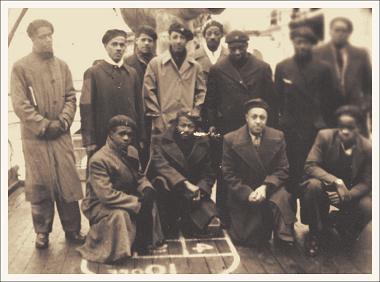
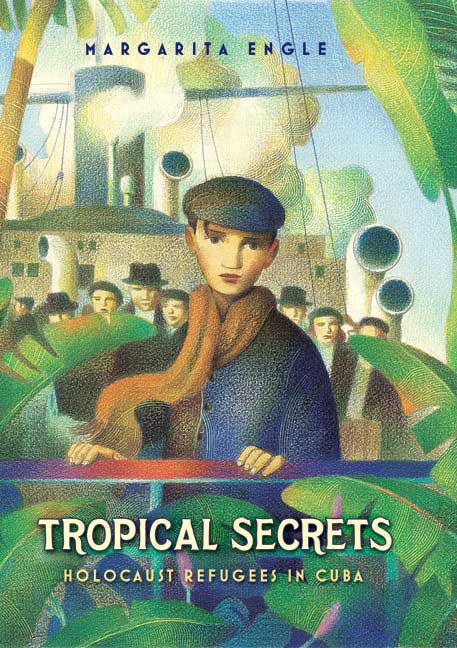

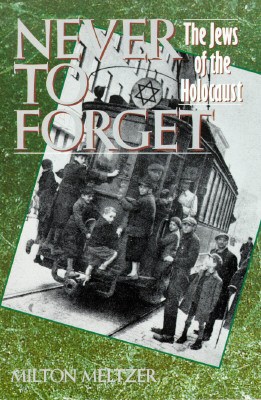
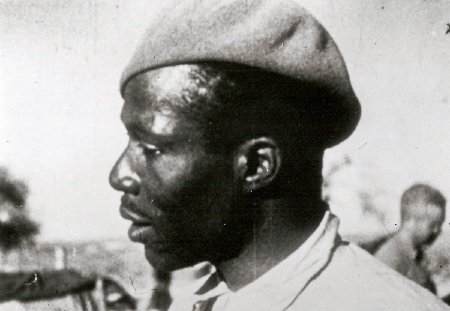
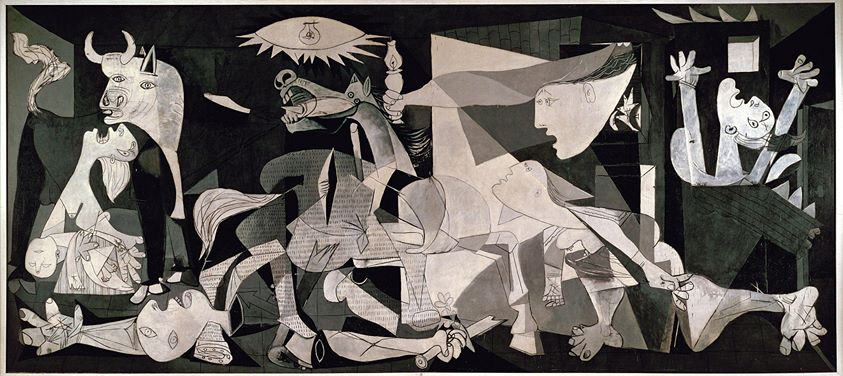
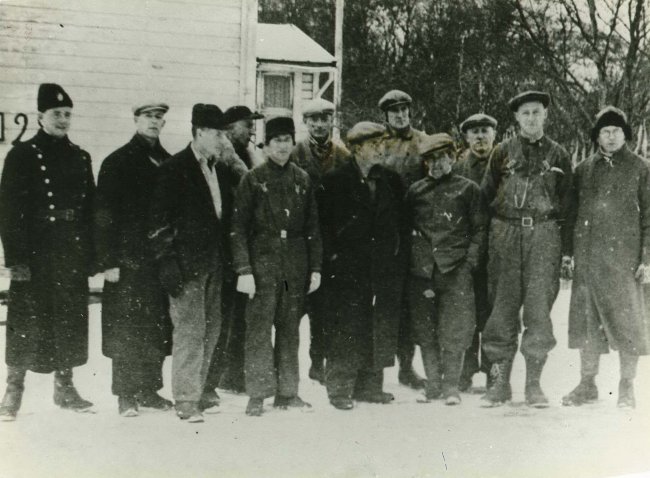
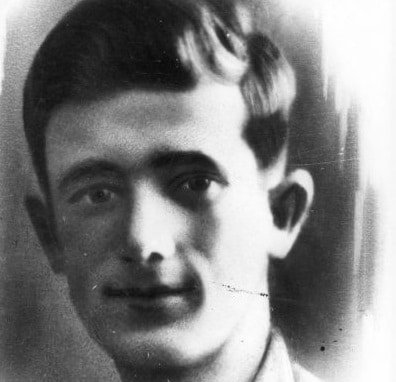
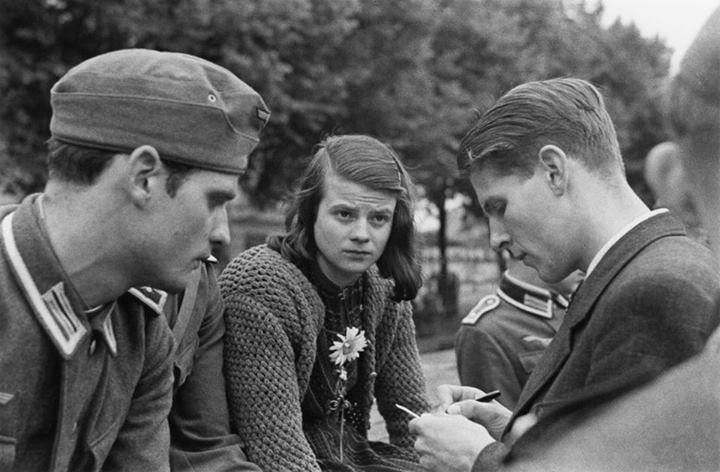
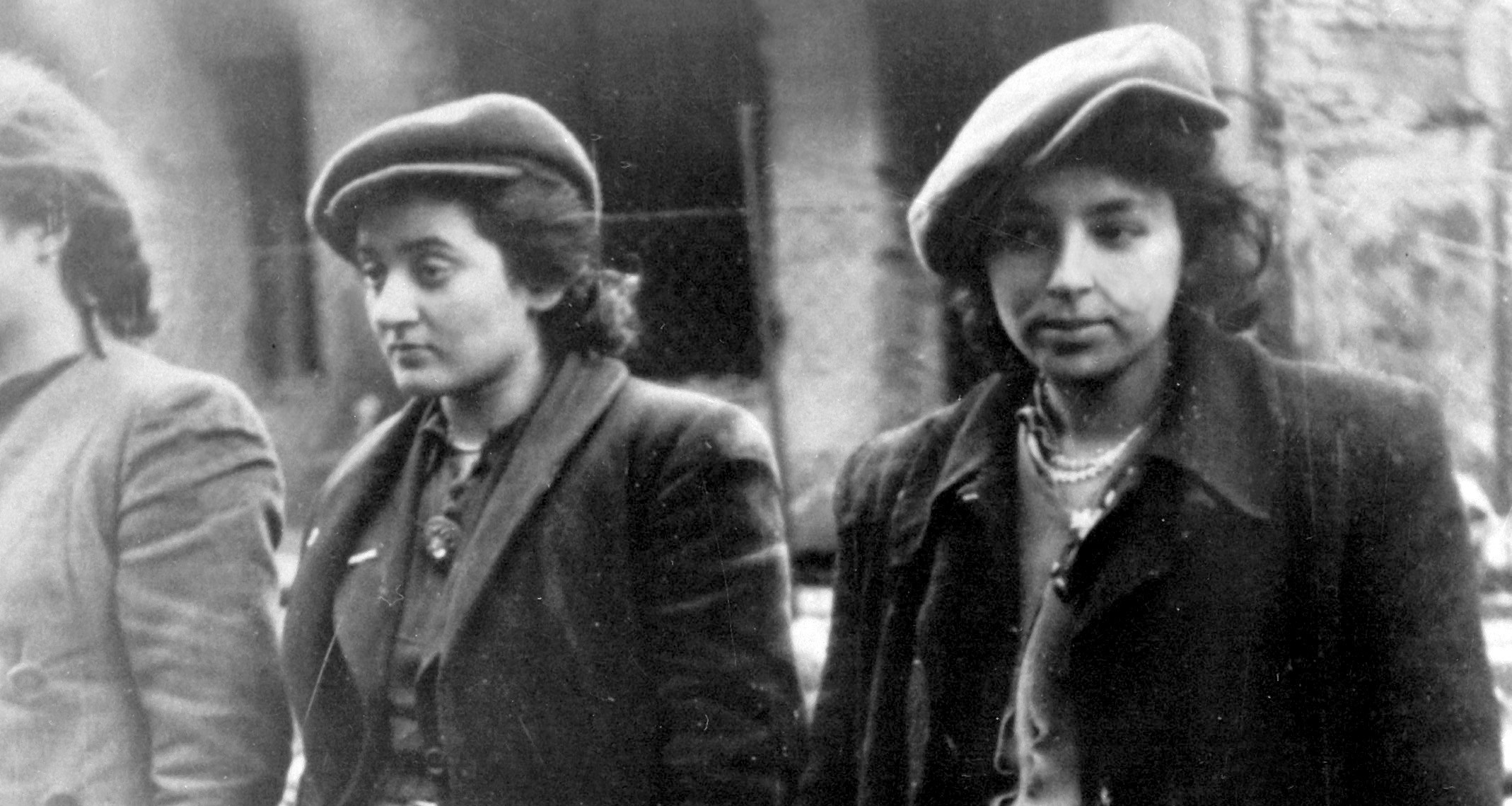
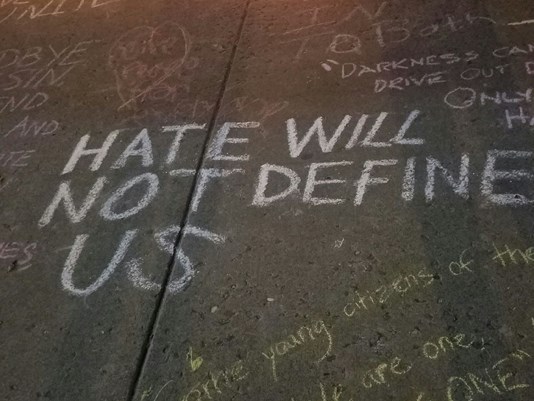





Twitter
Google plus
LinkedIn